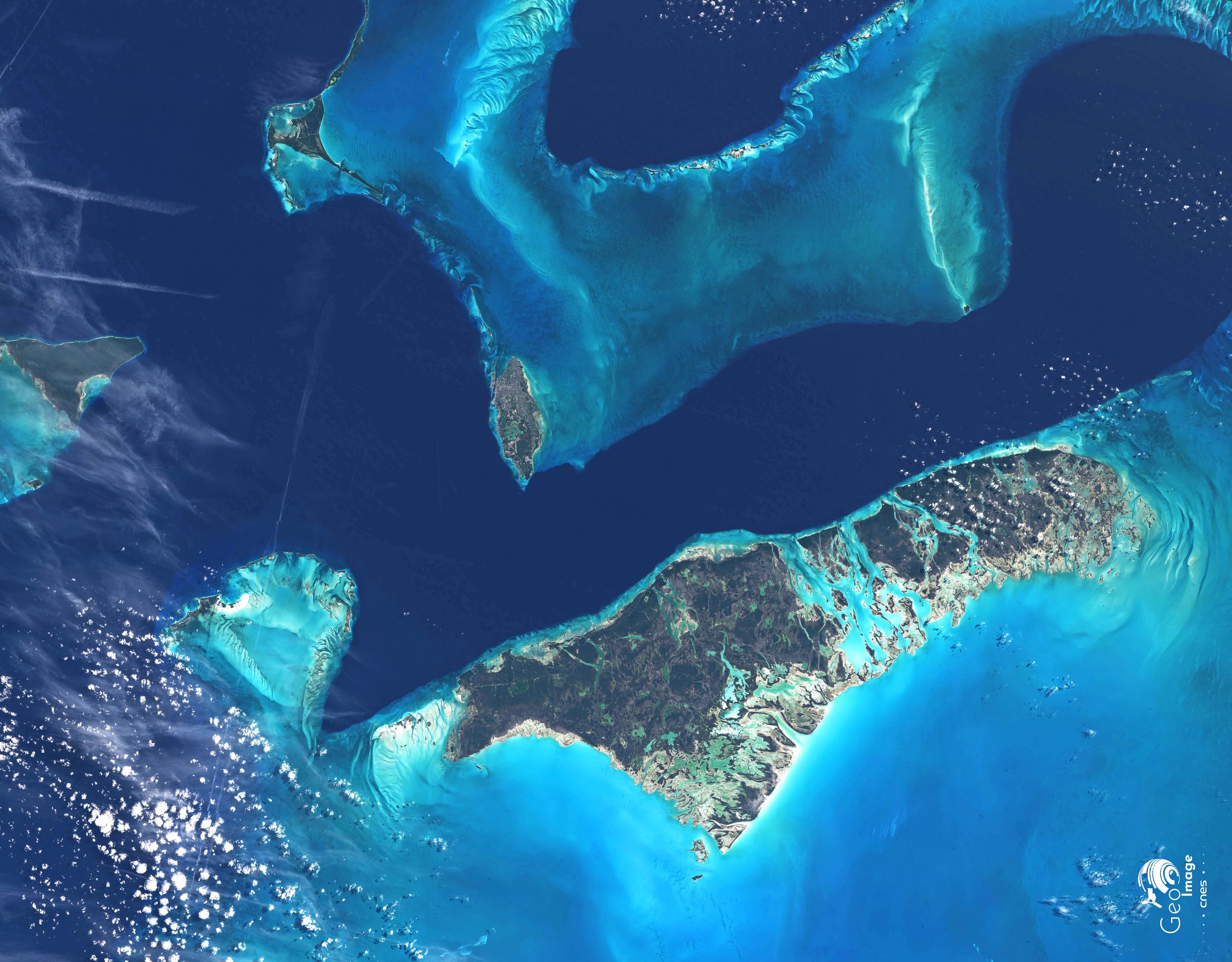

BRUSSELS—Today at the EOSC Symposium, the European Open Science Cloud (EOSC) took a major step toward its consolidation as Europe’s research and innovation data space. The 14 coordinators of the EOSC Federation’s first wave of EOSC Nodes joined EOSC Association (EOSC-A) President Klaus Tochtermann and Co-Chair of the EOSC Federation’s Build-up Group Bob Jones on the stage to introduce the EOSC Federation’s Memorandum of Understanding (MoU).
The agreement, to be signed by 13 candidate EOSC Nodes and EOSC-A, marks the culmination of eight months of hard work and coordination carried out on an in-kind basis by the dozens of European organisations standing behind the nodes. As champions of the European research community, these organisations—including Research Infrastructures, e-Infrastructures, and research-performing organisations—have established the technical and organisational foundations for the future of Open Science in Europe.
The undertaking is meanwhile being steered by the EOSC Tripartite Governance, composed of the European Commission (EC), Member States of the European Union and Associated Countries to Horizon Europe, and EOSC-A. The Commission owns and operates the EOSC EU Node, which is invited to be a signatory of the Memorandum.
Marc Lemaître, Director-General of the EC’s Directorate General for Research and Innovation (DG RTD) presented the Symposium’s opening speech, in which he addressed EOSC’s position in the broader European policy and strategic picture, directly addressing EOSC’s centrality to the EU’s vision on research and technology infrastructures, AI in science and data sovereignty.
Said Lemaître, “ What matters most is to keep the momentum, the ambition and the shared purpose that have brought us this far. So let’s seize this moment, let’s act together to complete [the EOSC Federation] fast and make it the backbone of Europe’s digital research and innovation ecosystem. I want to thank wholeheartedly the Member States and Associated Countries represented in the EOSC Steering Board, as well as the EOSC Association, which together with the European Commission drive the coordination and alignment that allows EOSC to move forward as one. You can count on the full support of the European Commission in this vital and transformative endeavor.”
The Federation is the future
The EOSC Federation MoU marks a decisive step towards a truly borderless European research ecosystem. It advances Open Science while reinforcing European data sovereignty and strengthening Europe’s competitiveness in the global knowledge economy.
The MoU ceremony served to close out a day dedicated to high-level discussions between European policy-makers and research community stakeholders on the future of EOSC. These were placed in the context of the afternoon’s debut of the EOSC Federation and a showcase of its scientific impact.
Joining Lemaître on the Symposium’s opening day were Robbert Dijkgraaf, President-elect of the International Science Council, Maria Leptin, President of the European Research Council, and Mattias Björnmalm, Secretary General of EOSC-A founding member CESAER, together with DG RTD’s ERA & Innovation Acting Director Jean-David Malo, EOSC Steering Board Co-Chair Volker Beckmann from the French ministry of higher education, research and space, and Tochtermann.
Said Tochtermann, “This moment shows what shared stewardship of Europe’s research ecosystem can achieve. The EOSC Federation will not only connect technical infrastructures, but also people and principles in a corresponding social infrastructure. The MoU gives us the operational framework to test, integrate, and scale services across borders—to lay the groundwork for a sustainable, interoperable European research data commons.”
The Memorandum establishes a shared operational and interim governing framework for the piloting phase of the Federation. Once brought into production, the EOSC Federation of nodes will serve as the backbone of Europe’s interoperable, open, and trusted digital infrastructure enabling researchers and innovators to seamlessly access high-quality data and tools across disciplines and national borders.
EOSC and the EOSC Federation have been called out on several occasions in 2025 as a key structural element for the advancement of European competitiveness in research and innovation, including:
As an intended signatory of the MoU, and an integral part of the first wave of the EOSC Federation of interoperable nodes, Data Terra / Environment aims to bring the full measure of its scientific five data hubs to bear on the ambitious goals of the Federation. Participation in the Federation’s first wave represents a self-funded commitment by Data Terra to build up the trust and shared practices that will anchor the EOSC Federation as an essential research infrastructure reaching across disciplines and borders in Europe.
The process to expand the EOSC Federation will begin immediately, as the EOSC Symposium’s first day also served as the launching pad for an enrolment call for the next wave of future EOSC Nodes by the EOSC Tripartite Governance.
Announced concurrently were two calls from the EOSC-A-coordinated EOSC Gravity project for preparatory and inter-project grants in support of the Tripartite’s expansion of the Federation.
As the EOSC Federation grows, the non-binding interim agreement represented by today’s MoU ceremony will pave the way for a future binding agreement that would legally establish an operational EOSC Federation.